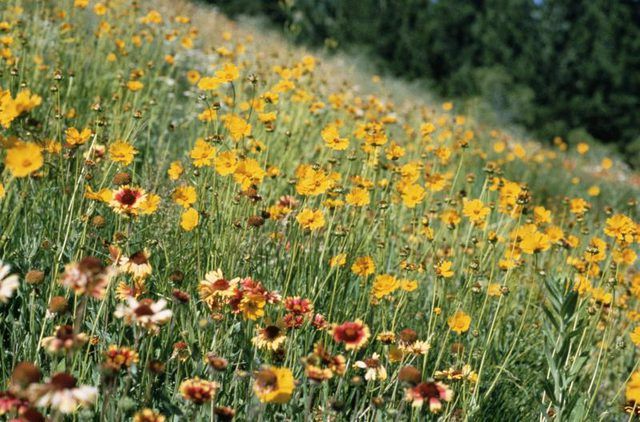Bulbs
Flower Basics
Flower Beds & Specialty Gardens
Flower Garden
Garden Furniture
Garden Gnomes
Garden Seeds
Garden Sheds
Garden Statues
Garden Tools & Supplies
Gardening Basics
Green & Organic
Groundcovers & Vines
Growing Annuals
Growing Basil
Growing Beans
Growing Berries
Growing Blueberries
Growing Cactus
Growing Corn
Growing Cotton
Growing Edibles
Growing Flowers
Growing Garlic
Growing Grapes
Growing Grass
Growing Herbs
Growing Jasmine
Growing Mint
Growing Mushrooms
Orchids
Growing Peanuts
Growing Perennials
Growing Plants
Growing Rosemary
Growing Roses
Growing Strawberries
Growing Sunflowers
Growing Thyme
Growing Tomatoes
Growing Tulips
Growing Vegetables
Herb Basics
Herb Garden
Indoor Growing
Landscaping Basics
Landscaping Patios
Landscaping Plants
Landscaping Shrubs
Landscaping Trees
Landscaping Walks & Pathways
Lawn Basics
Lawn Maintenance
Lawn Mowers
Lawn Ornaments
Lawn Planting
Lawn Tools
Outdoor Growing
Overall Landscape Planning
Pests, Weeds & Problems
Plant Basics
Rock Garden
Rose Garden
Shrubs
Soil
Specialty Gardens
Trees
Vegetable Garden
Yard Maintenance
Interesting Facts About Wildflowers
Interesting Facts About Wildflowers. Wildflowers don't just add sparks of vibrant color to your backyard. When grown in their native area, wildflowers require very little maintenance and are resistant to drought and pests. They're so hardy and easy to care for that most states plant wildflowers along roadways and in other difficult areas. If your...
Wildflowers don't just add sparks of vibrant color to your backyard. When grown in their native area, wildflowers require very little maintenance and are resistant to drought and pests. They're so hardy and easy to care for that most states plant wildflowers along roadways and in other difficult areas. If your green thumb has been working a little too much lately, give yourself a break by planting hardy, happy wildflowers. They'll thrive, even if you ignore them.

There are more than 6,000 different types of wildflower species to choose from, making your possibilities almost endless. Because every region has its own native wildflower species, you can find a wildflower for every type of backyard. For example, black-eyed susans (Rudbeckia hirta) thrive in U.S. Department of Agriculture plant hardiness zones 3 through 10 and are native to seven different states. Blazing star (Liatris spicata) does well in zones 3 through 9 and is native to six states.
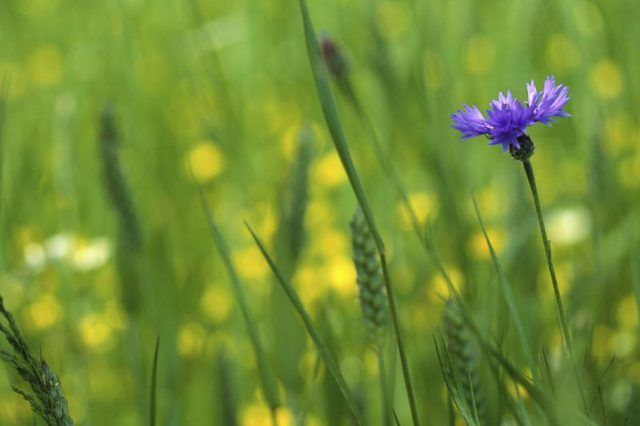
Most wildflower species prefer soil that's moist, rich in organic matter and well-draining. In many cases, that involves breaking up your backyard's soil to a depth of 6 to 8 inches, removing rocks and similar debris and mixing in a couple inches of aged compost. This is always a good idea because the healthier your soil, the healthier your flowers. If you're searching for a truly low-maintenance landscaping option, however, assess your backyard and choose plants that fit its existing condition. With so many native varieties of wildflowers, you can find a wildflower that thrives in your specific situation -- even if that situation is rocky and dry, or wet and boggy. If you choose the right native variety, no soil preparation is necessary.
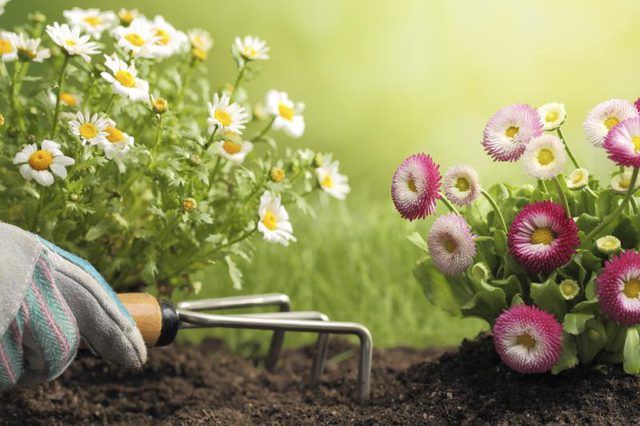
Wildflowers aren't picky in most cases, but they do have preferences when it comes to sunlight. With very few exceptions, most wildflowers need at least eight hours of direct sunlight every day. While they can tolerate less sunlight than this, wildflowers grown in more shady environments will often look less lush and produce fewer blossoms.
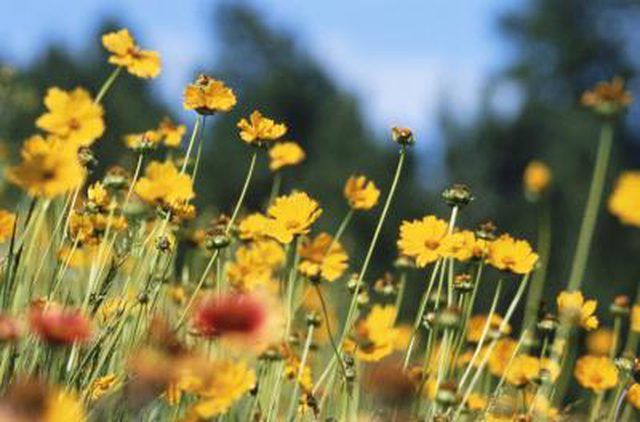
While the amount of seeds you need varies by wildflower species, in general you'll need approximately 2 1/2 ounces of seeds for every 500 square feet of gardening space. Combine the wildflower seeds with potting mix at a rate of one part seed to four parts potting mix. Mix the soil and seed combination thoroughly, then scatter the mixture evenly across your soil. Tap the soil down gently with the back of a spade or a rake. Wildflower seeds prefer to be just barely covered by dirt, so don't be alarmed if you still see some seeds visible on the soil surface after you're done.
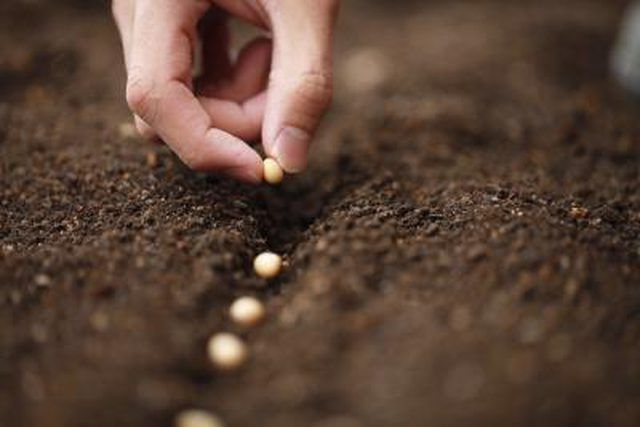
With more and more people becoming conscious of just how much water their lawns and gardens suck up, wildflowers pose an attractive alternative. If you choose native plants, they're already adapted to your region's rain patterns and can save you a lot on water utility bills. When you first plant your wildflowers, they'll need to be kept evenly moist for approximately a month. After that, the established plants will need zero watering attention from you. The exception would be if your region has an unusual drought period, in which case your flowers would appreciate a drink every week or two.
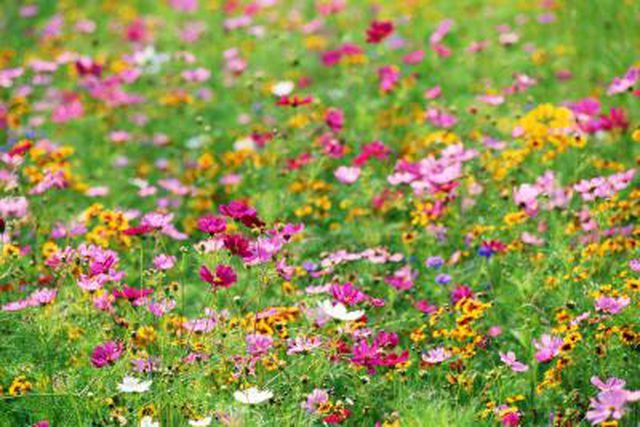
Find a native plant nursery in your area and ask for plants that are native to a 50-mile radius around your home. Don't go digging in the forest or fields and stealing wildflowers from Mother Nature's personal collections. Entire populations of native plants have been wiped out by gardeners who do this. And don't buy a generic can of wildflower seeds that promises you a lush field of flowers instantaneously. With thousands of species as options, putting careful attention into choosing the right wildflowers means years of low-maintenance enjoyment.
